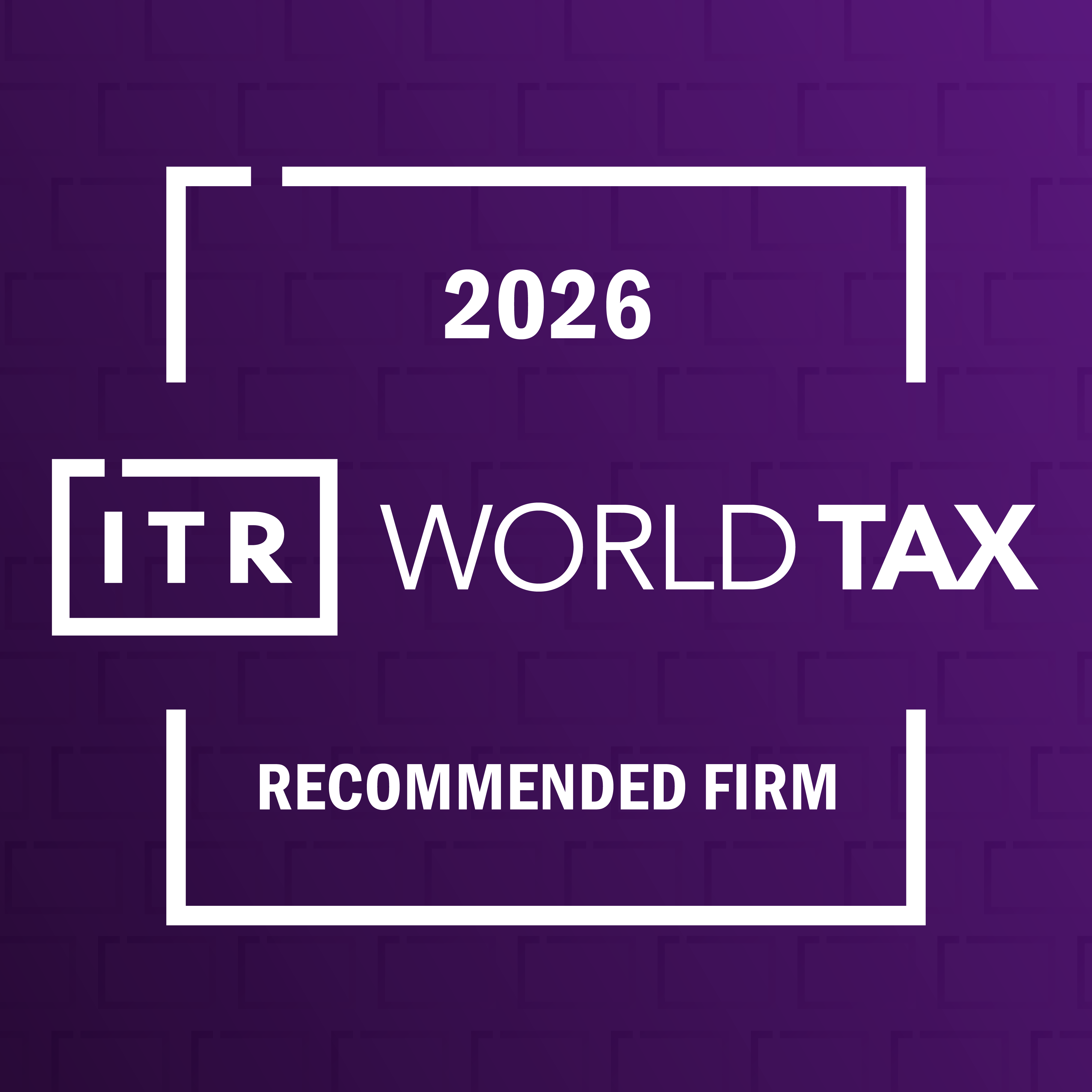Automation of Final Income Tax: A Time Bomb for Newly Registered Corporate Taxpayers
Hafidz Alfaruqi
|

Imagine you’ve just established a new business entity, taking your first steps into the world of entrepreneurship. Amid all the planning and preparations, the tax authority automatically classifies your business as a taxpayer subject to 0.5% final income tax (PPh Final).
Yet, this may not be the most suitable option for your business conditions. This is where a common issue arises—one that many newly established corporate taxpayers often overlook: an automated tax system that offers little to no room for choice from the outset.
In essence, the 0.5% final income tax for taxpayers with a certain revenue threshold is intended as a tax incentive. However, if its implementation is misaligned with the actual rules, what is meant to be a benefit may instead become a disincentive.
Between Incentive and Disincentive
Regulations stipulate that the 0.5% final income tax (PPh Final) applies to both corporate and individual taxpayers with annual revenue of up to IDR 4.8 billion. This revenue threshold covers individual taxpayers, as well as corporate taxpayers in the form of limited liability companies (PTs), cooperatives, limited partnerships (CVs), village-owned enterprises (BUMDes), and joint village-owned enterprises (BUMDesma).
However, the 0.5% final income tax does not apply to the following three categories of taxpayers. First, CVs or Firms established by individual taxpayers with special professional expertise, providing services categorized as independent personal services. Examples include lawyers, accountants, architects, doctors, consultants, notaries, land deed officials (PPAT), appraisers, and actuaries.
Second, corporate taxpayers that meet the criteria to receive tax facilities under Article 31A of the Income Tax Law, such as those conducting business in specific sectors or designated regions, and fulfilling certain requirements. Third, permanent establishments (BUT), which are excluded entirely from the scope of final income tax.
Gap Between Implementation and Regulation
In fact, Government Regulation (PP) No. 55 of 2023 does allow taxpayers with annual revenue below IDR 4.8 billion to opt for the general income tax rate under Article 17 of the Income Tax Law, instead of the 0.5% final income tax.
However, in practice, this option is not available to newly registered corporate taxpayers—those who have just obtained a Tax Identification Number (TIN).
This is because the current tax administration system automatically classifies newly registered corporate taxpayers as subjects to the 0.5% final income tax, a fact that has been confirmed by service units of the Directorate General of Taxes (DGT).
READ: Individual Limited Liability Company, an Opportunity for MSME Actors to Go Upmarket
Under Article 5 paragraphs (4) and (5) of Minister of Finance Regulation (PMK) No. 164 of 2025, it is stipulated that a taxpayer may submit a notification to use the general income tax calculation (Article 17) no later than the end of the tax year.
This means the taxpayer can only apply the general rate in the following tax year. In other words, under this regulation, there is no option for new corporate taxpayers to immediately apply the general income tax rate; they must wait until the end of the current tax year. This reflects a clear inconsistency between the main regulation and its implementing rules.
However, this restriction should not apply to newly registered corporate taxpayers. Article 5, paragraph (6) includes a clause that explicitly exempts newly registered corporate taxpayers, allowing them to use the general income tax calculation from the start, provided that they submit the notification at the time of registration.
This means that, in reality, the tax administration system for new corporate taxpayers does not align with the applicable regulation.
There was hope for improvement when the government issued PER-7/PJ/2025 on the tax administration system. But the regulation, issued on May 21, 2025, failed to offer a concrete solution. Even the TIN registration form lacks a clear option to choose between the final income tax scheme and the general rate.
The absence of a built-in choice mechanism in the TIN registration process creates a risk of legal uncertainty, especially for new corporate taxpayers who may not yet have an adequate understanding of the applicable tax schemes.
Understanding the Risks for Corporate Taxpayers
For corporate taxpayers, the automatic classification as subjects to the 0.5% final income tax poses significant risks. When forced to apply the final income tax rate, taxpayers lose the right to offset fiscal losses they may incur.
This is because, under the general income tax calculation (based on Article 17 of the Income Tax Law), the tax liability is determined using proper bookkeeping that considers both gross income and deductible expenses. As such, if a taxpayer incurs a fiscal loss, it can be carried forward to offset income in future tax years.
In contrast, under the final income tax scheme, which is based on gross revenue, tax must be paid regardless of actual profitability. Even if a business records a loss on its books, it is still liable for tax. This can be especially burdensome for newly established businesses, which often do not generate profit in their early stages.
Another risk arises when a third party is engaged to assist with the company’s incorporation, including the TIN registration process. In many cases, the third party handles the registration on behalf of the taxpayer, often without the company's direct involvement.
Since the TIN registration form does not provide an explicit option to choose between the final income tax scheme and the general tax regime, it is likely that third-party registrations are submitted without any request to apply the general income tax rate.
As a result, the taxpayer is automatically categorized as subject to the final income tax from the outset, even though, in substance, they may not meet the criteria of a taxpayer with gross revenue under the threshold.
The risk is that the tax office may later discover that final income tax was not paid according to the system's classification, because the taxpayer had already applied the general tax method.
Moreover, if the taxpayer recorded a fiscal loss and intended to carry it forward into the next tax year, this will no longer be possible. Since the taxpayer had been placed under the final tax scheme without prior notification, they cannot claim a loss carryforward, yet are still obligated to pay final income tax on their gross revenue.
A Time Bomb for Taxpayers
In conclusion, the misalignment between tax regulations and administrative systems in the case of newly registered corporate taxpayers creates a kind of “time bomb.”
The potential for tax disputes or audit corrections does not stem from any deliberate attempt by taxpayers to evade their obligations, but rather from the lack of synchronization between information, systems, and registration mechanisms from the outset.
In today’s digital era, the tax system should not only operate automatically but also be transparent and provide equal choices for all taxpayers. Without this, an intended incentive can easily turn into a trap.
Disclaimer! This article is a personal opinion and does not reflect the policies of the institution where the author works.


